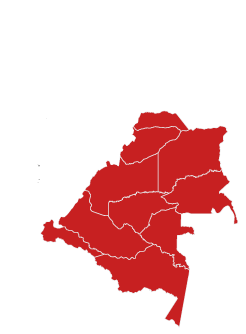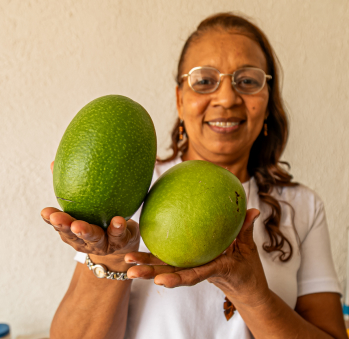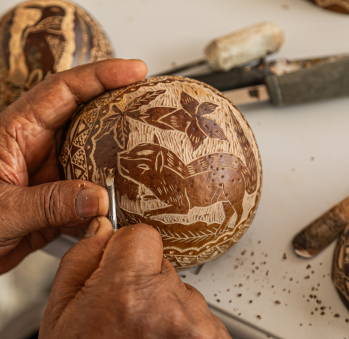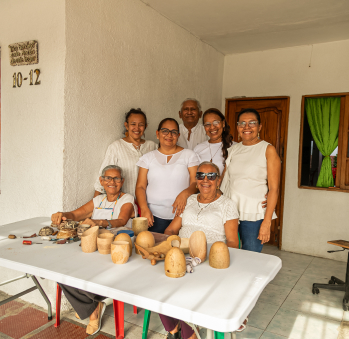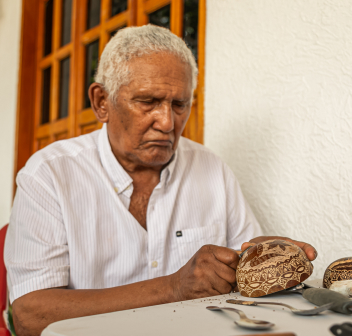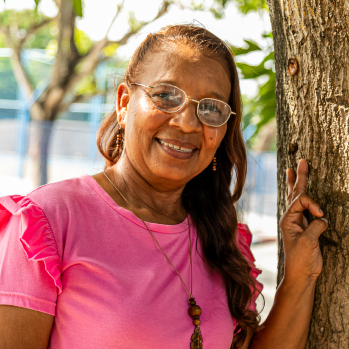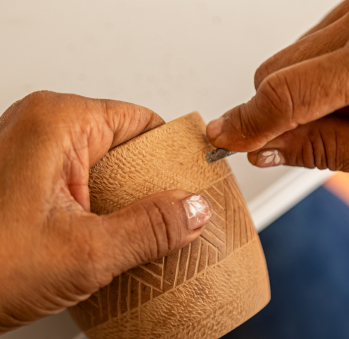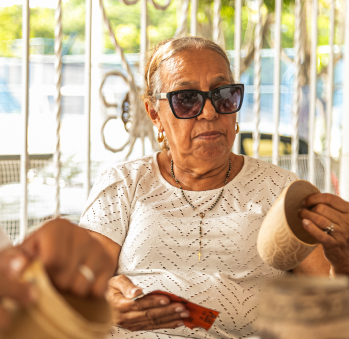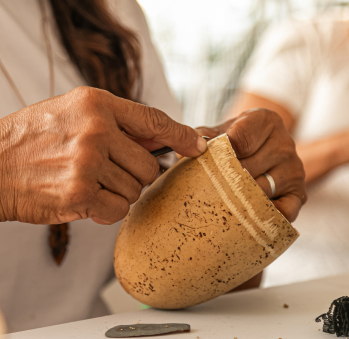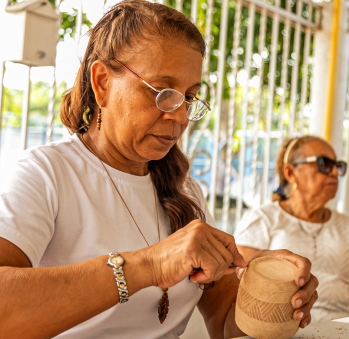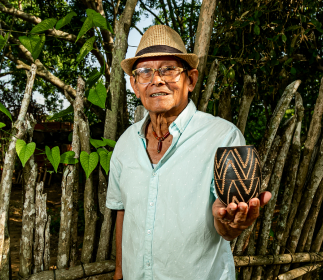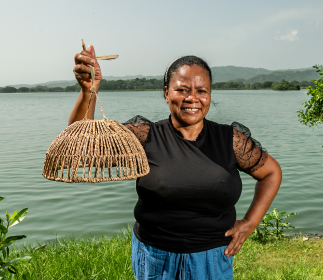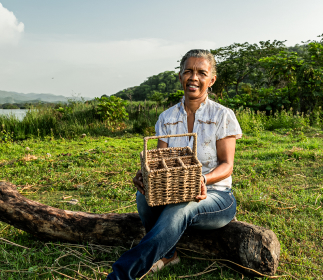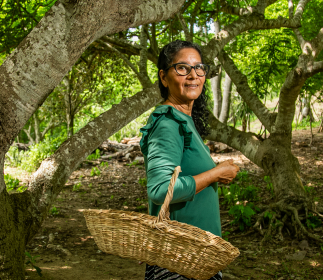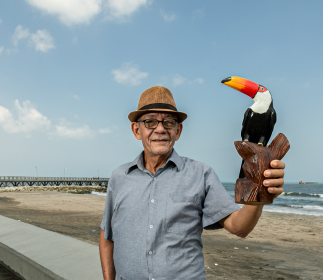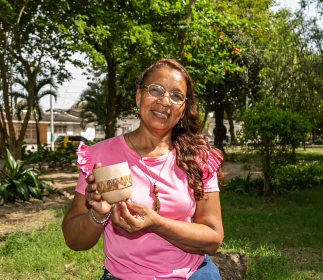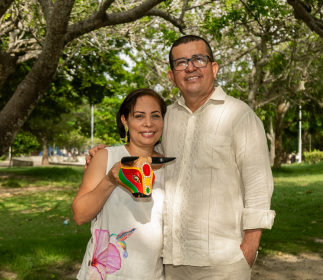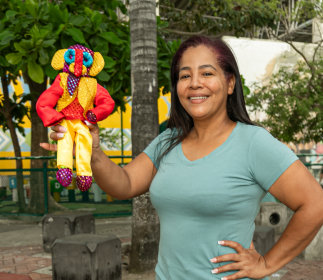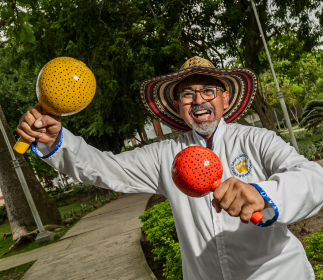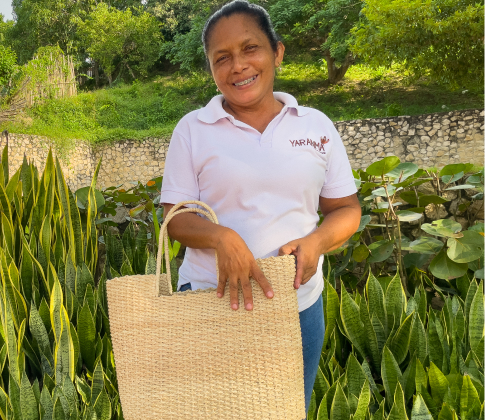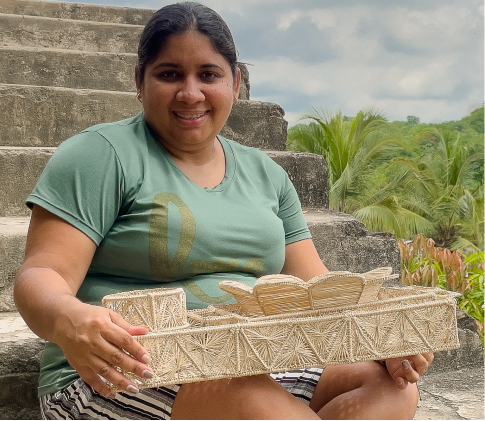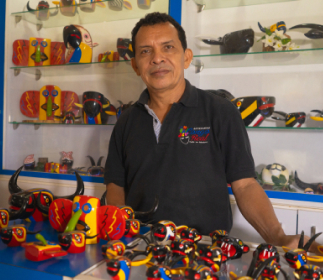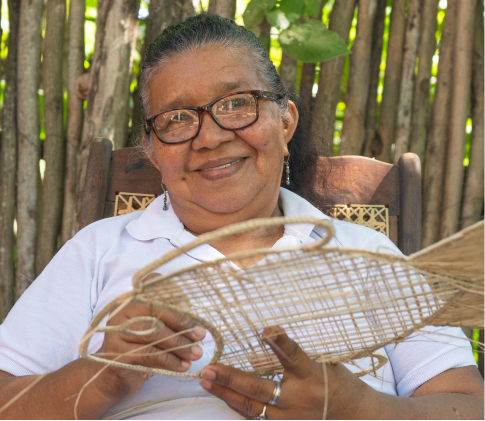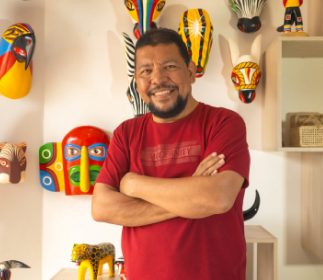Ivonne Gómez
Workshop: Caribe ancestral
Craft: Trabajo en no maderables
Trail: Atlantico Route
Location: Barranquilla, Atlántico
One of Ivonn Gómez’s greatest joys is talking to people she meets at the fairs she attends and asking them about the name of the calabash in their countries. Taparro, tecomate, calabazo, morro, and jícara are some of the names she has collected from those who recognize this versatile material as part of the household items from their childhood homes. With the same curiosity, she explores the benefits of the calabash beyond crafts: the pulp used to feed cattle and chickens, and to make sugar and ethanol, the roots and leaves from which medicines for stomach ailments and coughs are extracted, and the seeds used to make juice. She knows that like mango and its varieties—mango hilaza, number 11, manzanita, filipino, and chancleta—calabash is an equally diverse species. It comes in many shapes: round, oval, small, elongated, and gourd-shaped. And it has another advantage: its lush and long-lived tree doesn’t disturb the ground like mango trees do.
Ivonn was introduced to the calabash through a course at the Barranquilla District House, where her two daughters attended to learn how to play the guitar and piano. Having inherited her mother Judith María de Gómez’s love for manual work, being her assistant in pastry making, crafting flowers, and painting figurines for wedding cakes, Ivonn saw in the calabash an art as enduring as its tree. Unlike other techniques such as floristry, marquetry, or wirework, the calabash presented itself as an art that would never go out of style because its roots were deeper and its use spanned generations. With the same communal spirit in which the technique was passed down at the District House, Ivonn continued to practice the craft. When she had the opportunity to learn calabash jewelry making in Tubará, she didn’t hesitate to find a way to bring eleven of her colleagues along. The same happened with the course she coordinated with Crafts of Atlántico to deepen the use of the calabash under the guidance of the Cordoban Master Juan Urán, for which she managed to gather 25 people.
Today, the Caribe Ancestral group has sixteen members: Stella, Irene, Daneyda and her son Sebastián, Luz Amelia, Linda, Marta, Mónica, Jeimy, Lorena, Oleary, Leonardo, Lourde, Tatiana, and Edufo, who is an expert in darkening the calabash by soaking it in water. Many of them teach, and Ivonn herself welcomes those who want to learn at her home. She now knows that the artisans’ work shows in their hands, in their skin stained by the ink released by the calabash, and in their fingers injured by carving containers and the jewelry that her daughters wore in secret, to receive compliments from their friends. With those same hands, Ivonn teaches young people who don’t recognize the material or its history, and shows them her pieces as evidence of the benefits of this plant to those who consider its fruit a waste or a nuisance, and often dispose of it in the fields due to its abundance.
Craft
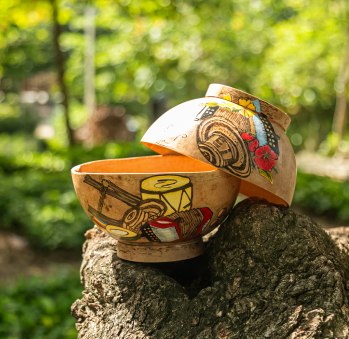
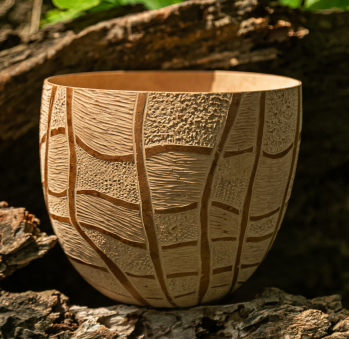
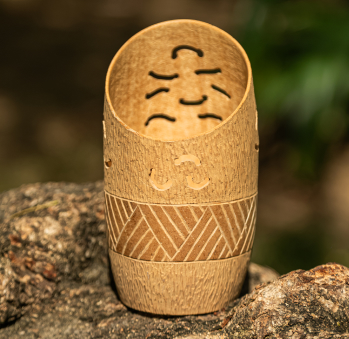
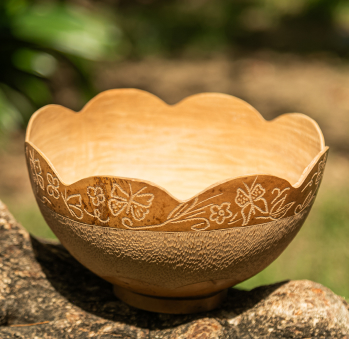
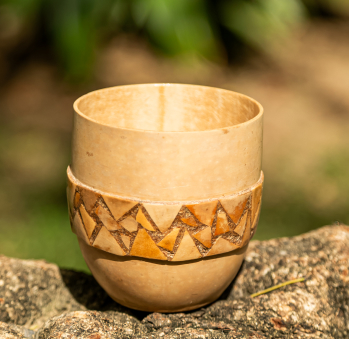
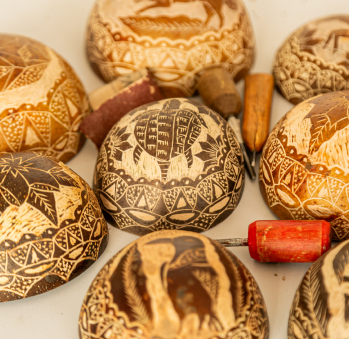






Artisans along the way
Artisans along the way
No puede copiar contenido de esta página

